Hong Kong's eco-bricks lay foundation for cleaner future
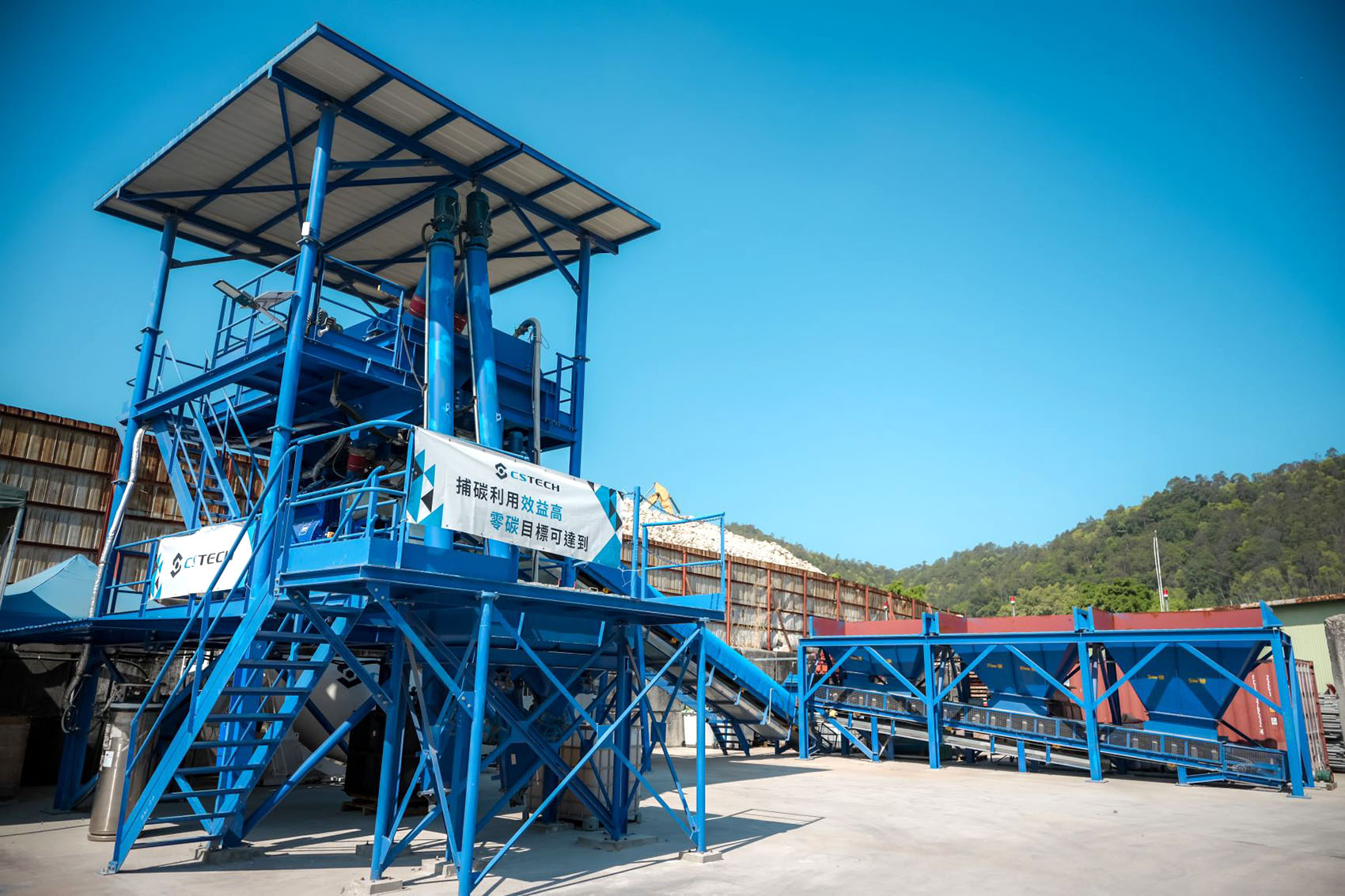
Editor's note: In this series, Greener Visions, China Daily delves into the research, development and implementation of cutting-edge carbon technologies in the Guangdong-Hong Kong-Macao Greater Bay Area, aiming to cut emissions and achieve carbon neutrality.
Every action leaves a mark, and for decades, human activities have etched a growing carbon footprint into the planet. But what if that footprint could be transformed into something constructive?
Hong Kong startup CS Tech Solution is turning this vision into reality by converting carbon dioxide, a harmful greenhouse gas, into a revolutionary building material. Their innovative eco-bricks are not just reducing emissions, but also paving the way for a greener, more sustainable future.
In their factory nestled near picturesque Lung Kwu Tan in Hong Kong's New Territories, rows of neatly arranged bricks sit on steel shelves inside a tin cabinet. As the cabinet door is closed, a faint sizzling sound fills the air as gas is pumped through pipes into the sealed space.
READ MORE: HK reports 25% fall in greenhouse gas emissions from 2014 peak
These aren't the typical bricks. Over time, they quietly absorb the carbon dioxide being injected into the chamber, undergoing a remarkable transformation, emerging stronger and more durable than traditional sand-based ones.
As the world grapples with the urgent need to combat climate change, CS Tech Solution's breakthrough offers a glimpse into a future where everyday materials can play a role in healing the planet.
Founded in 2022 by Dixon Chan and Terence Wong, CS Tech offers business-to-business carbon capture solutions for small and medium-sized enterprises. It is the only startup in Hong Kong — and possibly Asia — to provide a complete circular chain from carbon capture to utilization, ensuring captured carbon dioxide, or CO2 is reused rather than released into the atmosphere.
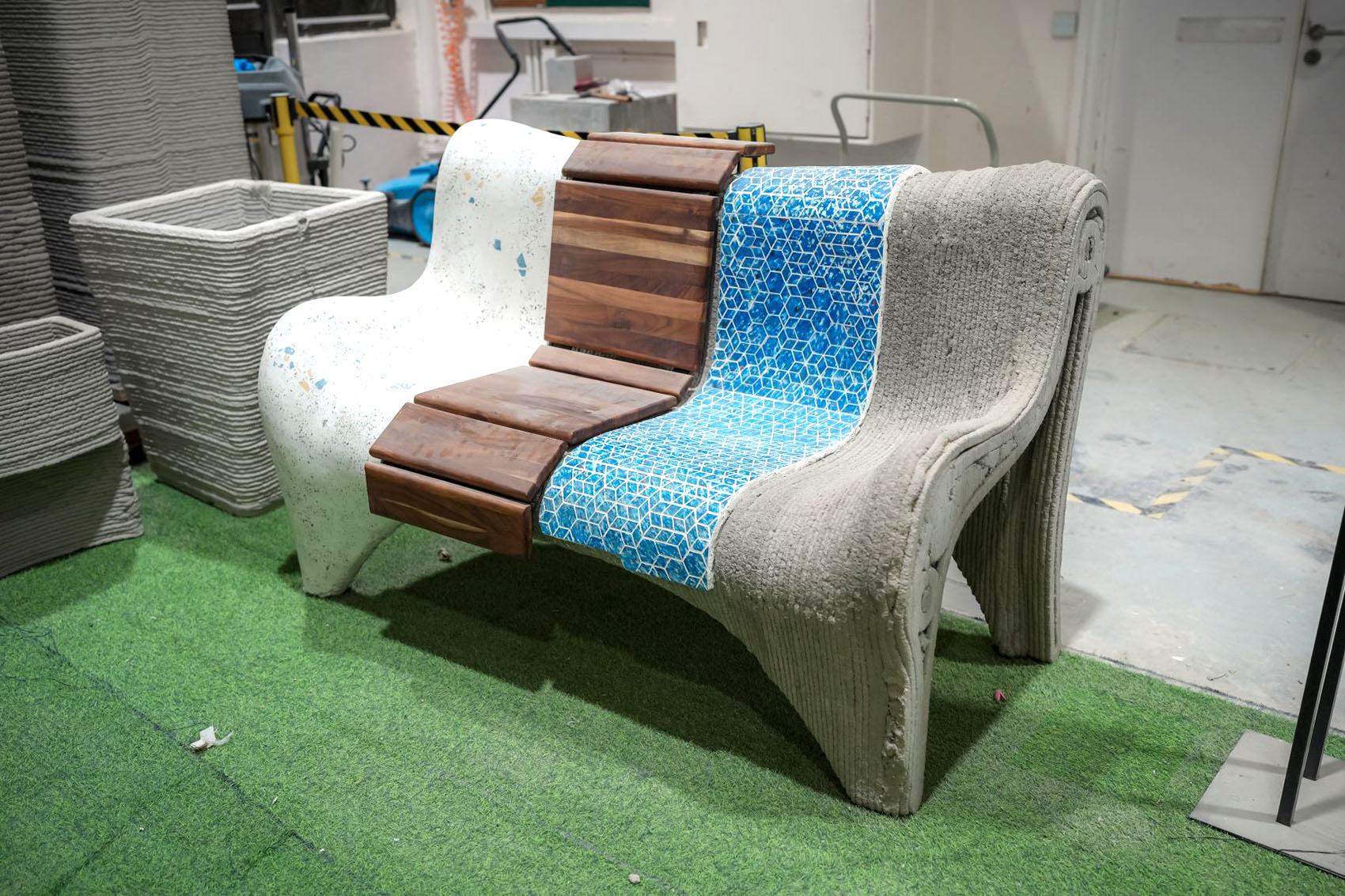
The company recycles wood waste from construction sites, burning it into biochar — a green material used as a soil conditioner or pollutant filter. Emissions from the process are captured, liquefied, and used in eco-bricks or concrete, triggering chemical reactions that consume the gas.
Additionally, carbon credits from emission reductions can be traded, generating revenue. CS Tech is collaborating with the Hong Kong Productivity Council (HKPC), a statutory body tasked with driving innovative technology, to draft a carbon credit methodology, with its first batch of credits expected in early 2026.
Concrete is their next target for carbon dioxide usage, as it reduces the need for cement, a highly carbon-intensive material. Chan said the company has secured a deal with one local cement factory and is in talks with another.
"CS Tech's system could capture one metric ton of carbon dioxide. In fact, the carbon dioxide captured by our system falls short of our demand now. We are on our way to recalibrate our system and boost the capacity to two to three tons a day," he said adding daily capacity could go as high as five tons.
In March, CS Tech launched its first batch of eco-bricks containing biochar, marking the fruition of Chan's brainchild after a decade. A total of 7,000 square meters of biochar pavers were used in a Tung Chung project — equivalent to reducing carbon emissions by about 7,000 kilograms, according to the company.
In 2015, Chan set his sights on carbon capture and utilization (CCU) technology, but shelved the idea due to high costs, space requirements for large facilities, and challenges in storing unused captured carbon dioxide. Additionally, carbon-credit trading was underdeveloped, with unclear calculation methods and standards.
Chan revived the plan during the pandemic, deciding to proceed as conditions improved.
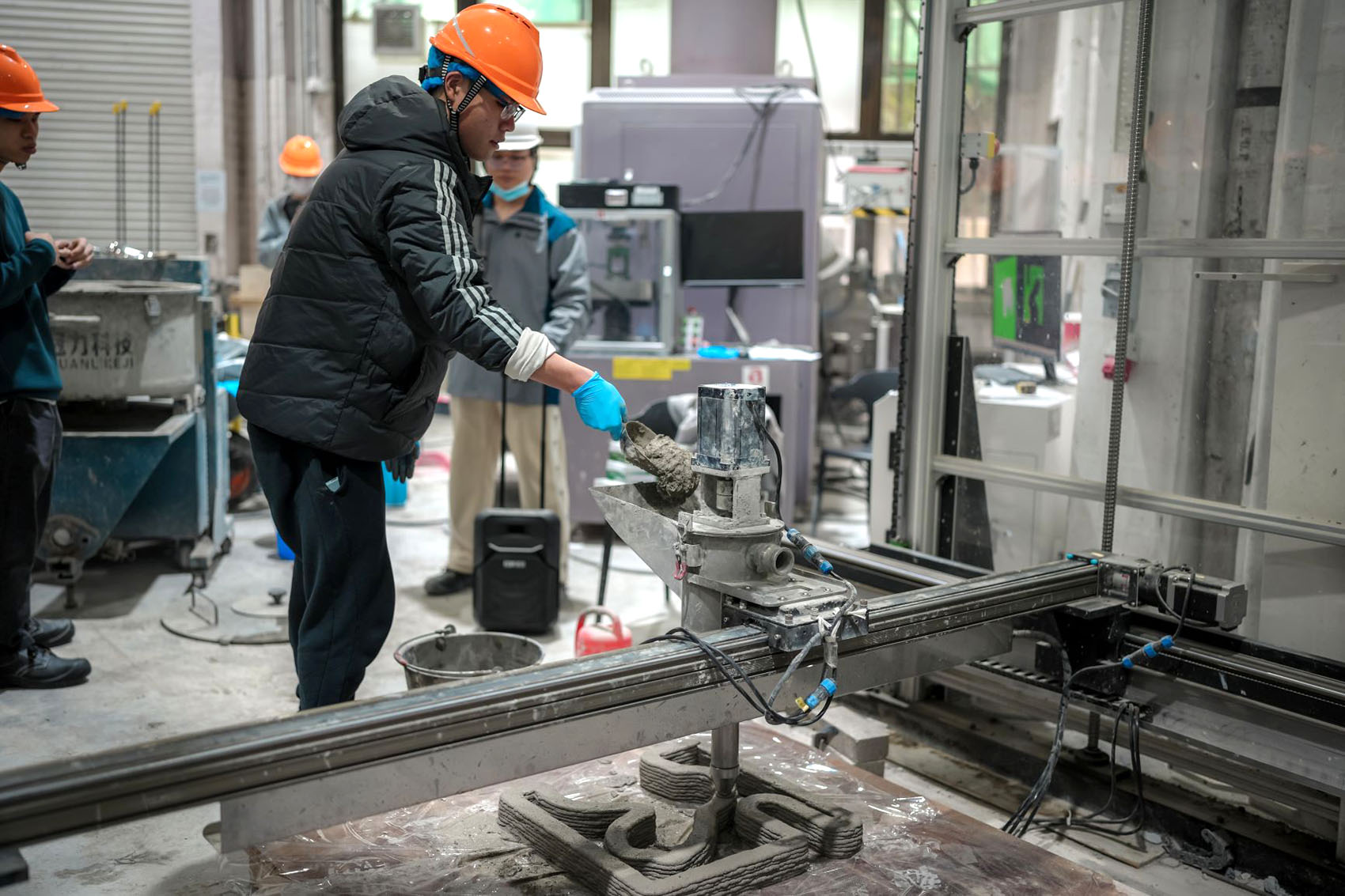
At the time, no small-scale carbon capture systems existed in Asia. Chan built and designed the system by sourcing equipment from Scotland and assembling the rest locally with HKPC's support.
"Our system now takes up much less space, and the initial investment cost is relatively low," Chan noted. "We plan to bring the entire system to market in the future," he added.
At the end of 2024, it opened an office in Singapore, where a carbon tax is imposed on enterprises, to target clients in Southeast Asia as well as Hong Kong-based businesses with products shipped to Europe and America, where stricter environmental standards apply.
To showcase the process to potential clients, Chan set up a factory near his eco-bricks mill, which produces traditional eco-bricks made from recycled glass.
"Clients may have varying needs for reducing carbon emissions. For those aiming to cut their carbon footprint, we offer facilities to capture carbon dioxide. For construction material producers, we provide technology to make their products greener and lower in emissions," he explained.
Chan expects CS Tech, currently funded by investments, HKPC support, and profits from traditional eco-brick sales, to break even in 2026 when it begins trading carbon credits and launches its system in the market.
Starting in 2025, publicly listed companies from the Chinese mainland will be required, either mandatorily or voluntarily, to disclose ESG (environmental, social and governance) or carbon-related information. Companies must submit their 2025 ESG reports by April 30, 2026.
In April 2024, the Hong Kong Stock Exchange, which first introduced ESG disclosure guidelines in 2015, strengthened its climate-related reporting requirements, including direct emissions, emissions associated with purchased electricity and for some, emissions from the company's value chain.
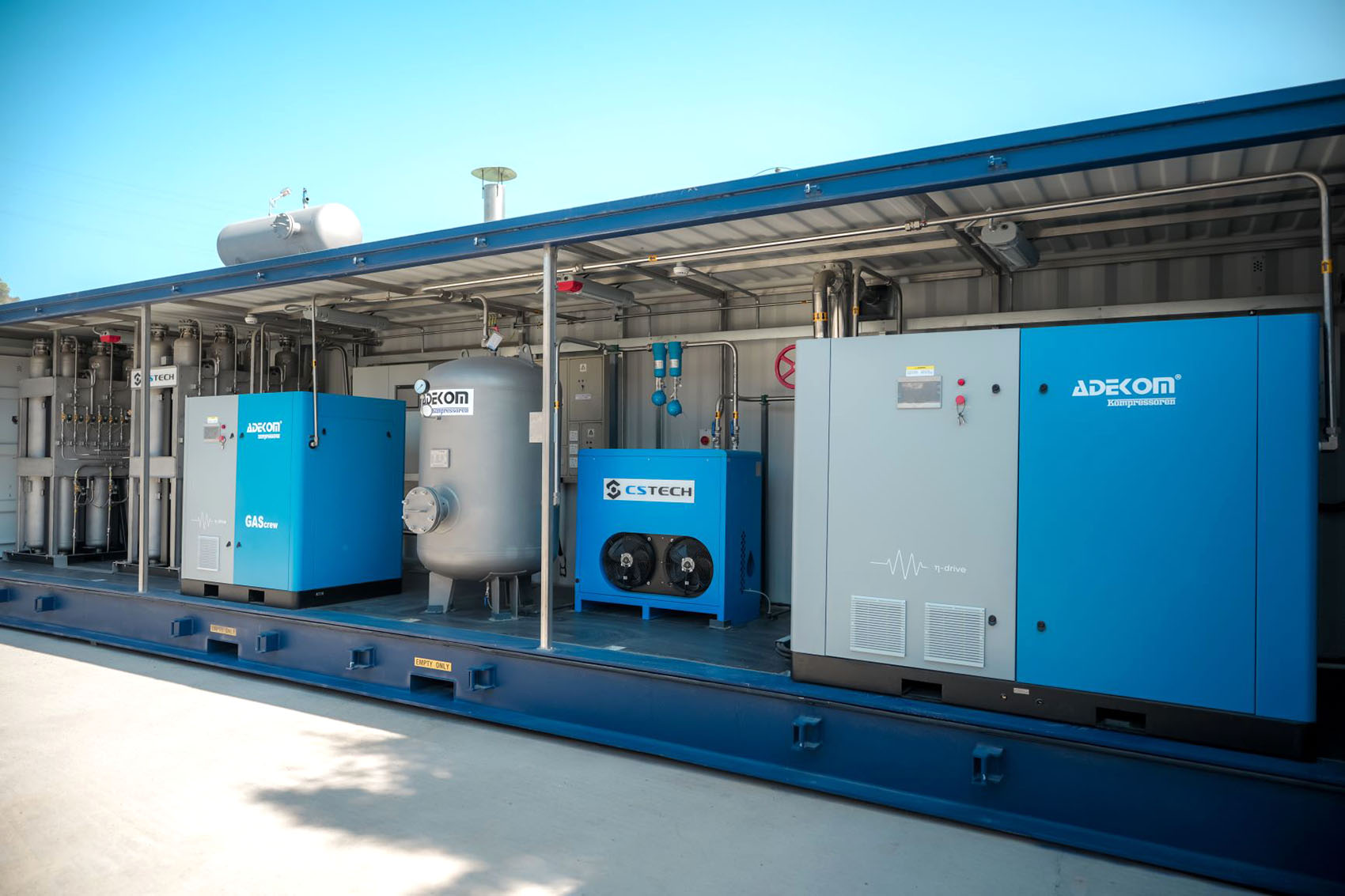
Application struggle
Despite the optimism, these technologies are still struggling to find their way to commercialization, according to Poon Chi-sun. Poon, director of the Research Centre for Resources Engineering Towards Carbon Neutrality at the Hong Kong Polytechnic University, is the unsung hero behind the city's wide use of eco-bricks.
Traditional eco-bricks, made from recycled glass and construction debris, have been used in public footpaths since 2010, after the government mandated that recycled glass cullet contribute 20 to 25 percent of the weight to eco-pavers in road maintenance contracts.
In 2024, a total of 178,000 square meters of eco-pavers were used in public works, almost triple the 64,000 square meters in 2020, according to the government.
Since the 1990s, Poon has steadily improved his eco-bricks, which are now in their fifth generation. However, their application has stalled at the second generation.
Despite their potential to address roadside air pollution, third-generation eco-bricks have struggled to gain market traction. They include titanium dioxide photocatalysts, which react with sunlight to reduce air pollutants like nitrogen oxide, kill bacteria, and self-clean.
Poon said, with government support, it took a decade for the city to adopt the second-generation eco-bricks.

To spearhead the promotion and commercialization of low-carbon construction materials and carbon capturing technology, Poon co-founded Carbon Capture & Storage Limited with colleagues.
One of the key patents the company holds is low-carbon concrete, which uses sea mud or recycled waste such as glass, incineration bottom ash and coal ash, to replace the use of cement. "Producing one ton of cement releases 0.8 tons of carbon dioxide," Poon said.
Many construction materials can absorb carbon dioxide. For example, cement contains calcium, which reacts with CO2 to form calcium carbonate. This inspired Poon to use CO2 for curing, a process that makes freshly laid concrete and other materials stronger and more durable.
Standard concrete curing takes 28 days, but CO2 can speed the process up. Placing fresh concrete or bricks in a carbon dioxide-rich room absorbs the gas, accelerates curing, and enhances durability.
Given Hong Kong's focus on building safety and its cautious regulatory approach to innovative materials, Poon, who is nearing retirement, said it could take 15 to 20 years for the new material to gain widespread acceptance.
One stumbling block is Hong Kong's lack of construction material manufacturing, with only a few cement producers.
"Most materials are made on the mainland. With the widespread use of Modular Integrated Construction, many are prefabricated there and shipped to Hong Kong," Poon said.
Cost-effectiveness is also a challenge to finding investors. Despite its low-carbon benefits, the new technology offers uncertain immediate returns.
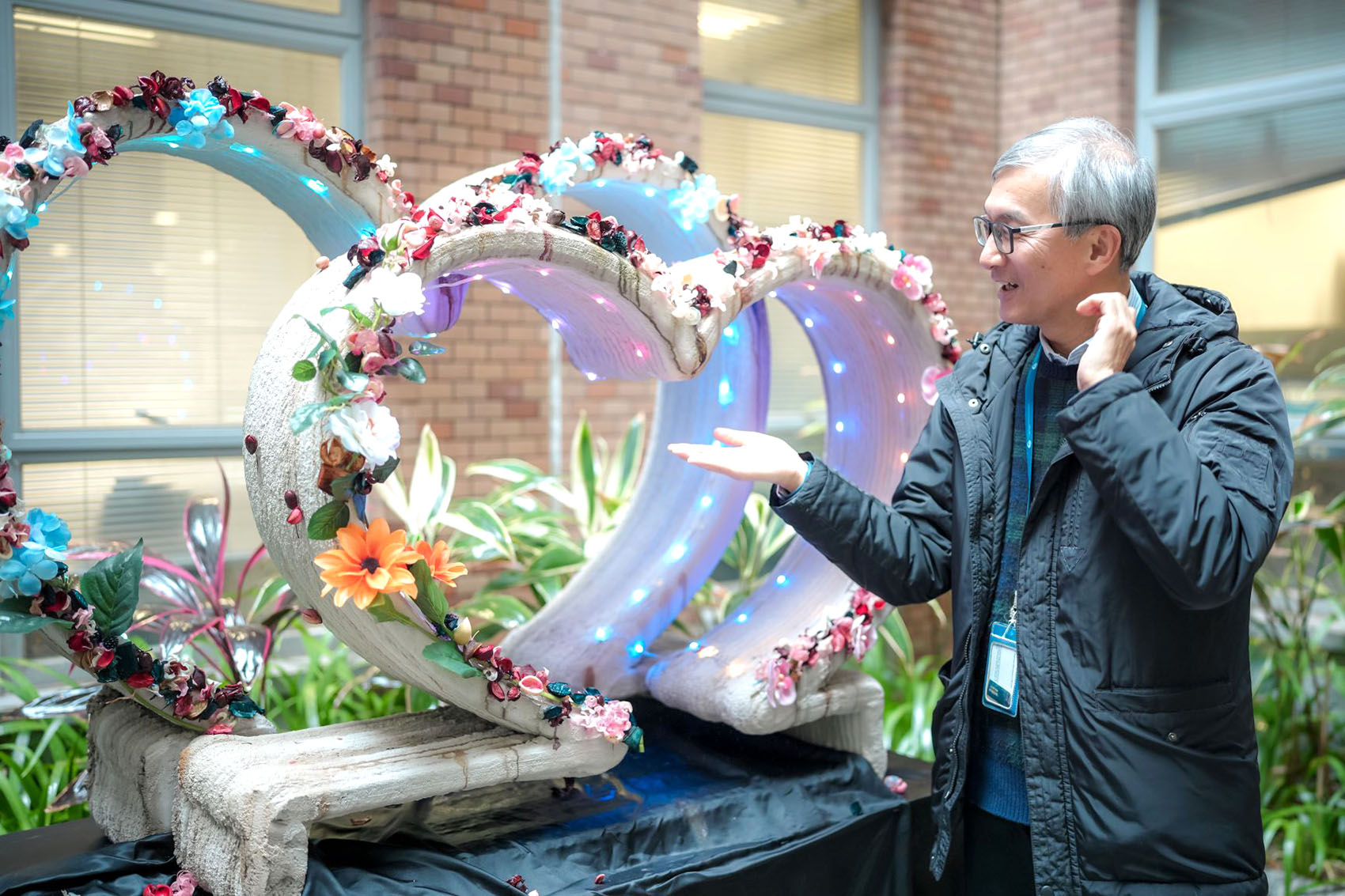
Enhanced efforts
Keith Choy, general manager of HKPC's Green Living and Innovation Division, said Hong Kong is falling behind its emission reduction targets, despite a year-on-year 3 percent drop in per capita CO2 emissions in 2022.
"Greater efforts are needed to achieve the 2050 carbon neutrality goal. A key technology for this is carbon capture, which involves capturing CO2 from industrial activities. This process can achieve net-zero or even negative emissions in some cases," Choy said.
However, Poon lamented the lack of policy support for such technologies in Hong Kong, noting the government's carbon neutrality road map excludes carbon removal technologies like CCU.
In contrast, the mainland, Europe, and the US enforce carbon footprint requirements, with non-compliant companies facing operational suspensions.
The construction industry is one of the few sectors in Hong Kong that could adopt carbon capture technology, Poon said,
Electricity generation accounts for about 65 percent of the city's emissions.
Poon suggested building factories near landfills or power plants, which are major carbon emitters. CO2 released into the air could be directly channeled to the factory, where construction materials would chemically react with and deplete the gas, eliminating the need for costly capture, refinement, and storage. This makes the process financially sustainable and suitable for wide adoption, Poon said.
Hong Kong's Environment and Ecology Bureau said at present, many CCU technologies have yet to be developed into mature, energy-efficient, and cost-effective technologies for wider application. The bureau said it will continue to assess the feasibility of applying this technology as part of the decarbonization strategies.
In addition to raising public and corporate awareness of CCU, Choy suggested that the government establish a dedicated platform to share technology, providing SMEs with essential information, equipment rental options, and tailored solutions to lower the barriers to adopting CCU technology.
Choy said by offering tailor-made carbon management consulting services, the HKPC could assist enterprises in formulating emission reduction plans. It could also provide training and resources on CCU technology, enabling businesses to explore new low-emission opportunities and transition toward sustainable practices.
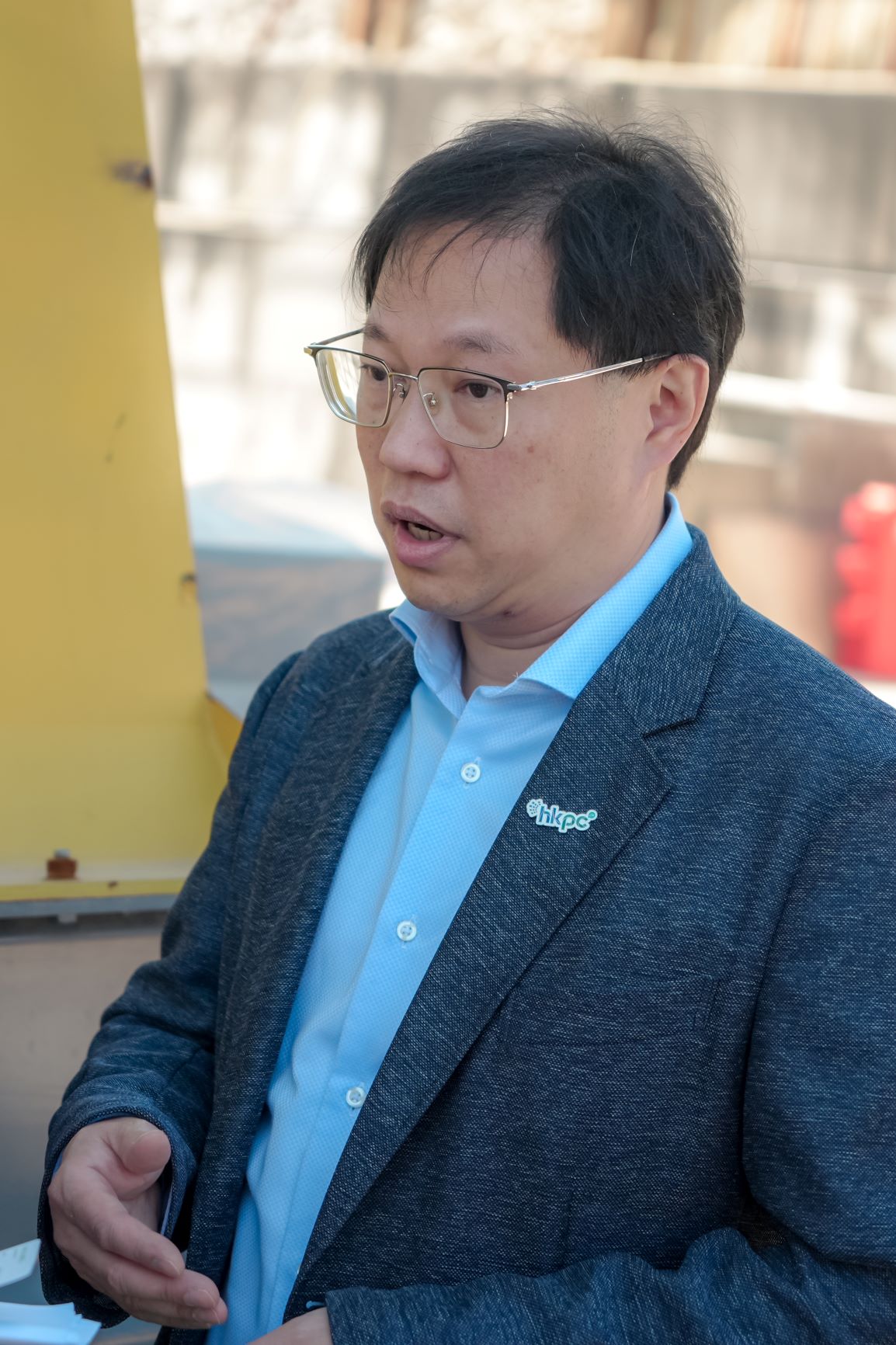
Market demands
Hong Kong needs to develop a robust carbon credit trading market, which would provide economic incentives for businesses to reduce emissions, Choy said. Such a market could play a pivotal role in helping the city achieve its carbon neutrality goals, he added.
Two of the city's deputies to the National People's Congress — Frank Chan Fan and Nicholas Chan Hiu-fung — tabled a joint motion on this regard when they were in Beijing in March for the two sessions.
Hong Kong's existing carbon credit trading platform is relatively small, offers limited trading products and suffers from insufficient liquidity, making it difficult to meet the market's demand for a large-scale, highly transparent, and regionally influential carbon credit trading platform.
Hong Kong's carbon market still primarily relies on international standards, lacking more authoritative and adaptable local or regional standards, the deputies argued.
ALSO READ: Bamboo embraces bigger eco-friendly role
Formulating a regional standard for carbon calculating and auditing, and dovetailing it with international standards is essential in promoting Hong Kong's carbon trading market, the deputies said.
HKEX launched Core Climate in October 2022, the only carbon marketplace that offers Hong Kong dollar and renminbi settlement for the trading of international voluntary carbon credits.
According to HKEX, the platform has over 80 participants and provides quality carbon credits from more than 50 internationally certified projects in Asia, South America and West Africa, covering forestry, solar, wind and biomass initiatives.
Chan said achieving carbon neutrality cannot be accomplished by just one or two entities — it requires collective action across society, supported by policies such as carbon credit taxes.
stushadow@chinadailyhk.com


